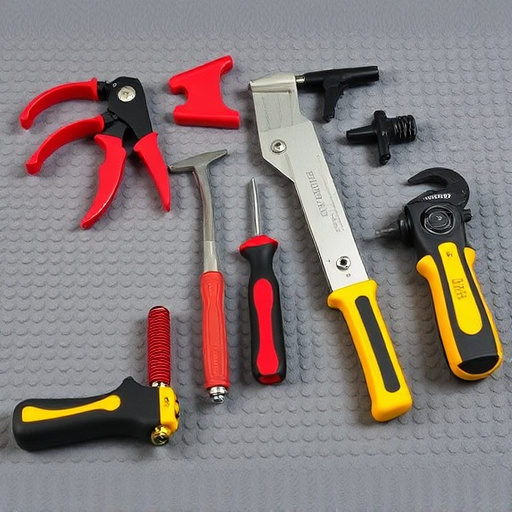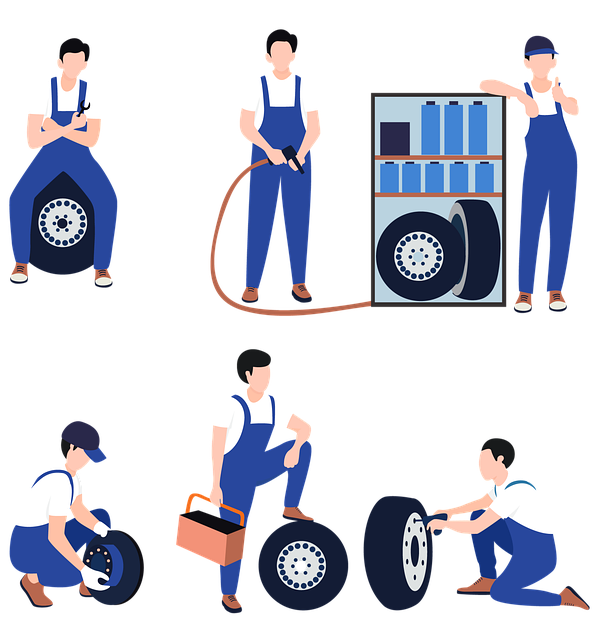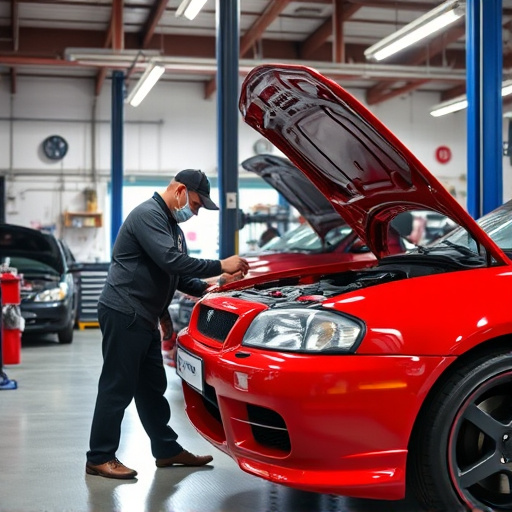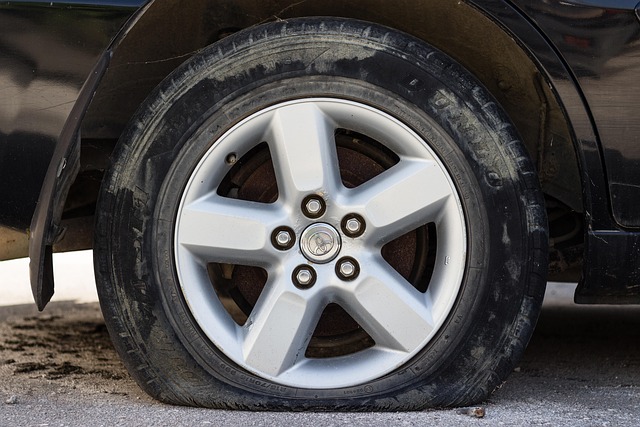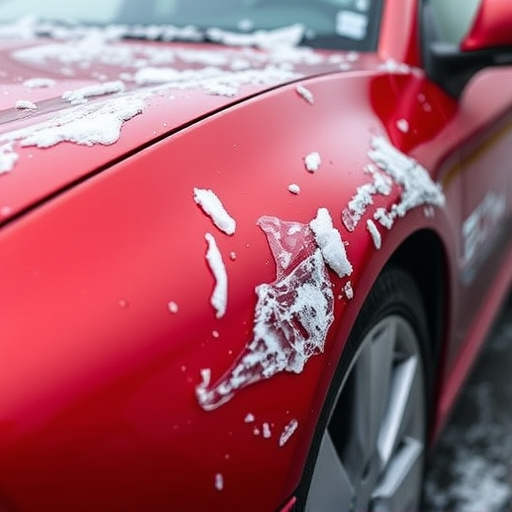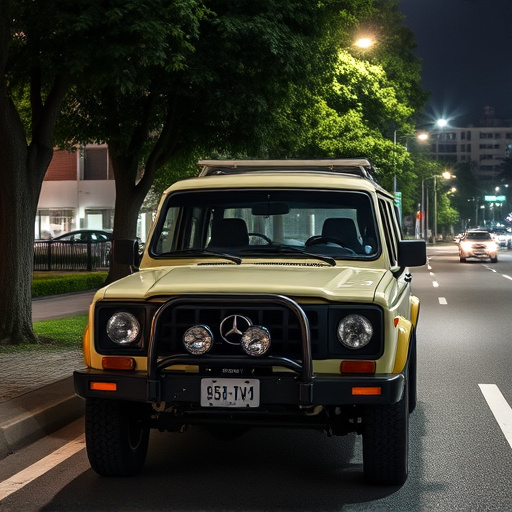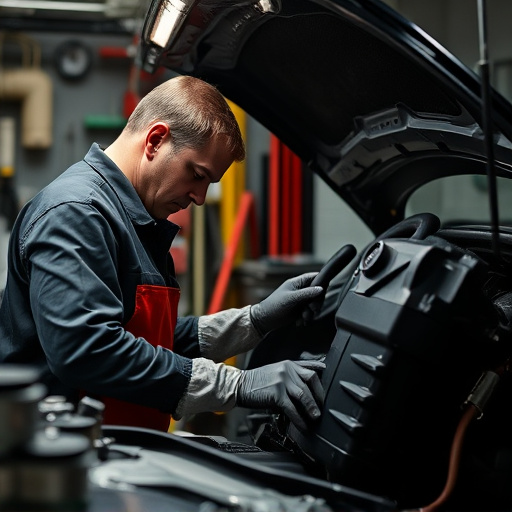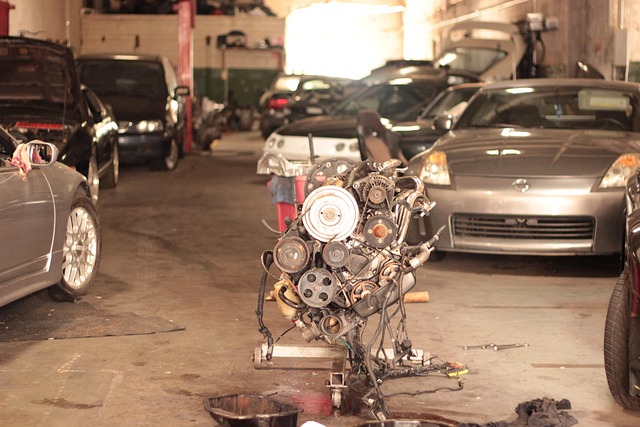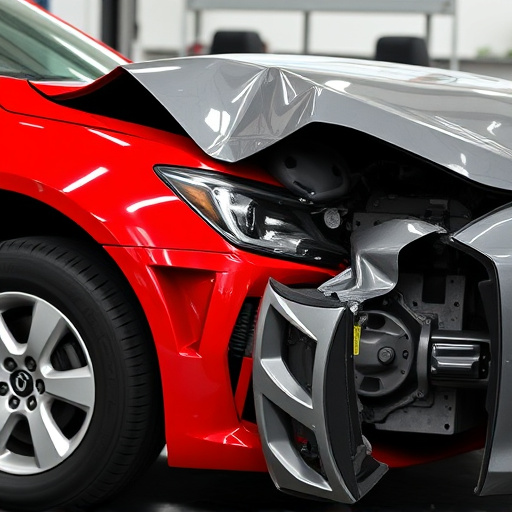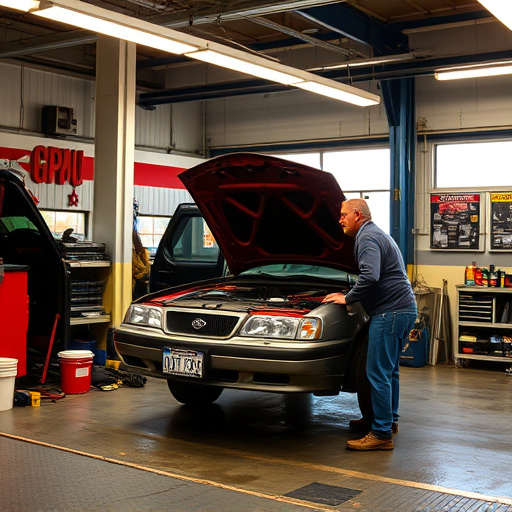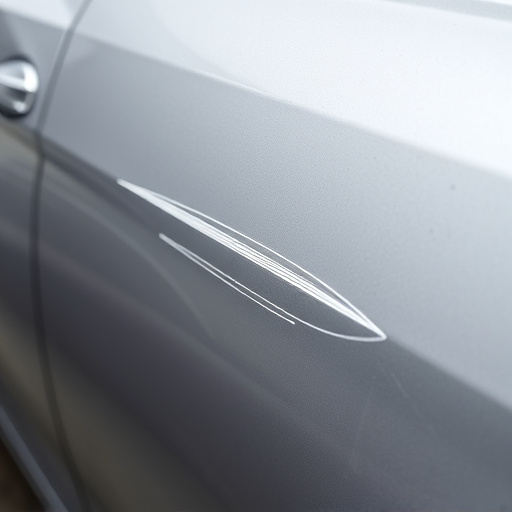Tesla factory finish restoration expertly transforms door and hood panels to their original condition through meticulous disassembly, precise replication, and a multi-step process including sanding, priming, and painting to match Tesla's exact color specs. Proper preparation includes damage inspection, cleaning, and masking. Restorers replicate Tesla manufacturing processes, using high-quality paints and advanced tools for flawless results, maintaining aesthetic integrity with minor repairs.
Looking to restore your Tesla’s door and hood panels to their original factory gloss? This comprehensive guide delves into the intricate process of Tesla factory finish restoration. From understanding the methodology behind achieving a flawless finish to preparing your panels for optimal results, we’ll walk you through every step. Learn expert techniques and valuable tips to ensure a perfect match, revitalizing your Tesla’s exterior and turning heads on the road.
- Understanding Tesla Factory Finish Restoration Process
- Preparing Door and Hood Panels for Restoration
- Achieving a Perfect Match: Techniques and Tips
Understanding Tesla Factory Finish Restoration Process
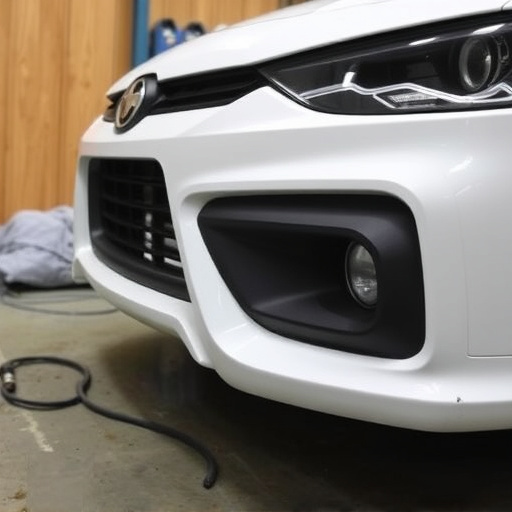
The Tesla Factory Finish Restoration process involves a meticulous transformation of your vehicle’s door and hood panels to their original, factory-like condition. It’s an art that combines advanced technology with skilled craftsmanship. The journey begins with careful disassembly, where each panel is carefully removed from the car, ensuring no damage occurs during this delicate process.
This meticulous approach ensures that every contour, curve, and detail of the door and hood panels are accurately replicated. Then, through a series of steps including sanding, priming, and painting, the panels receive a fresh coat of paint that matches Tesla’s precise color specifications. The result is not just a repair but a true restoration, enhancing the vehicle’s aesthetics and providing owners with a classic car-like experience—a process that even seasoned automotive body work experts appreciate for its precision, especially when compared to mercedes benz collision repair standards.
Preparing Door and Hood Panels for Restoration
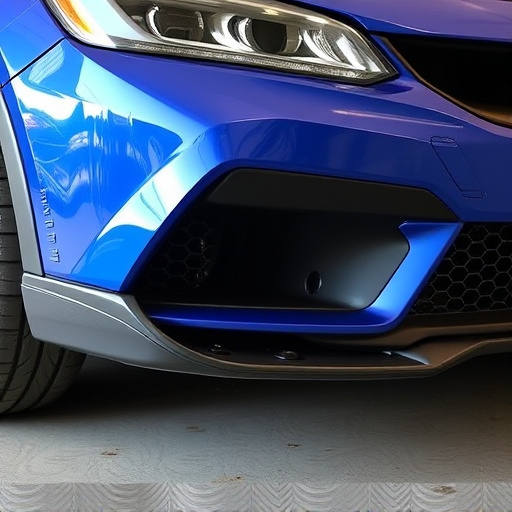
Before beginning any Tesla factory finish restoration process, it’s imperative to prepare the door and hood panels meticulously. This involves a series of steps designed to ensure optimal results. First, thoroughly inspect the panels for any existing damage, such as dents, scratches, or chips, which need to be addressed before restoration can commence. Using specialized tools and techniques, including precision sandpaper and putty, these imperfections are carefully corrected, smoothing the surface for the upcoming factory finish application.
During preparation, it’s crucial to also clean the panels rigorously to remove any contaminants, grease, or residue that could interfere with adhesion. This includes degreasing and using high-quality cleaners to ensure a pristine base. Once clean, the panels are masked off to protect surrounding areas from overspray, a common practice in both auto collision centers and auto repair shops when handling intricate restoration work. This meticulous preparation is the foundation for achieving a flawless Tesla factory finish.
Achieving a Perfect Match: Techniques and Tips
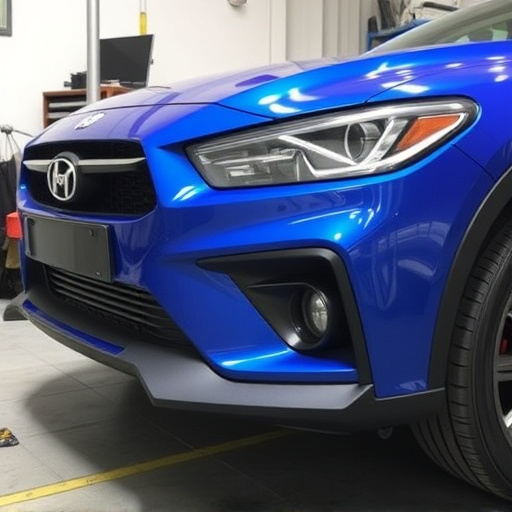
Achieving a perfect match during a Tesla factory finish restoration is an art that requires precision and expertise. The key lies in understanding the unique manufacturing process of Tesla vehicles and the specific techniques employed to create their distinctive finishes. One of the primary challenges is replicating the original factory application, which often involves a multi-step process including priming, coloring, and clear coating. Professional restorers must carefully match not only the color but also the finish’s sheen and texture.
To ensure a flawless result, consider using high-quality car paint services specializing in Tesla restoration. These experts have access to original equipment manufacturer (OEM) paints and advanced tools for precise mixing and application. Additionally, they employ techniques like computer-aided color matching and electrostatic painting, which minimize overspray and ensure even coverage. For minor repairs or damages such as fender repair or auto body repair, restorers can also use these skills to seamlessly integrate replaced parts with the existing factory finish, maintaining the vehicle’s overall aesthetic integrity.
Tesla factory finish restoration is not just about revamping old panels; it’s about recapturing the original aesthetics that made your vehicle stand out. By understanding the process, preparing your door and hood panels meticulously, and employing techniques for a perfect match, you can achieve a stunning transformation. This DIY approach not only enhances the value of your Tesla but also offers a satisfying, long-lasting result. So, whether you’re tackling restoration as a hobby or aiming to preserve your vehicle’s beauty, these steps guide you in achieving that factory-like finish.

